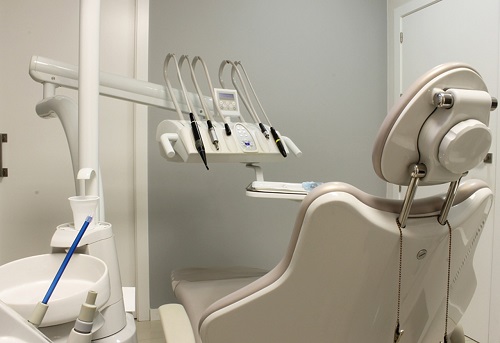Info Tidbit: Can ozone therapy replace the drill at the dentist?
Questions like the one in the title have appeared more and more often in the press nowadays because there is a new therapy option out there called ozone therapy that can make the drill at the dental office obsolete in many cases. On top of that, such a so called ozone bath of a treated tooth can completely painlessly remove 99.9% of caries bacteria from the treated area. Now what exactly is this ozone therapy and how does it work? More on that in the following few paragraphs.
How does ozone therapy work?
Ozone therapy is, as the name implies, based on the gas ozone which is in the air we breathe and which is formed through the reaction of oxygen with ultraviolet rays. A particularly positive quality of ozone is that it destroys proteins in cells without cores such as those in bacteria and viruses while promoting oxygen density and healing in cells that are part of the human body. Simply put: ozone destroys harmful cells and protects those of the human body.
What are the advantages of ozone therapy?
Some of the most frequently mentioned advantages of ozone therapy are:- Painless treatments
- Faster tissue regeneration
- Pinpointed destruction of harmful cells and microorganisms
- Short treatment duration
- Preventive and curative use
How is ozone therapy used by dentists?
Thanks to its advantages, ozone therapy can be used in a multitude of dental care treatments including:- Prophylaxis: An ozone therapy treatment device can clean out even the deepest crevasses in a patient´s gum line without anesthesia or surgical treatments.
- Periodontitis Treatment : Carefully and pinpointedly placed ozone can significantly reduce the bacterial load in the treated areas and thereby promote healing.
- Tooth Decay Treatment: Especially in the early stages of tooth decay, a dentist can pinpointedly apply ozone to attacked areas and thereaby kill off almost all, if not all, bacteria that cause the disease. Even in cases of deeper tooth decay, this treatment can be used to prevent root canal treatments.


